
Lensbaby is a Portland, Orgeon-based company that makes creative lenses and filters for cameras. The first Lensbaby lens was launched in 2004 and had a bendy plastic barrel with a fixed optic. Since then, Lensbaby has introduced numerous lenses, some that look like traditional camera lenses and others that allow the optics to be removed from the barrel. The Lensbaby Velvet is probably the most widely known Lensbaby lens, but there are lots of others.
There’s also the Lensbaby Omni Creative Filter system which includes a range of filters called ‘wands’ that can be held magnetically in front of a lens to create attractive effects such as rainbows, reflections and distortions. The Omni system can be used on any lens, it doesn’t have to be mounted on a Lensbaby optic

Broadly speaking, Lensbaby lenses are capable of producing one of four effects, however a few of them can create more than one of the effects. The Lensbaby effects are Sweet, Edge, Velvet and Twist or Swirl.
A round spot of sharp focus surrounded by a soft blur. This effect is suitable for a wide range of photography and is perfect for drawing attention to a subject. The area of focus can be moved around the frame if a Sweet optic is used in a Composer Pro II or Spark 2.0.

A slice or band of sharp focus with blur on either side, this effect can be especially interesting with landscape and city scenes. The band of focus can be moved around the frame when an Edge optic is used in a Composer Pro II or Spark 2.0.

The Velvet effect is essentially a soft focus effect, it creates a glow or diffusion that is popular with portrait and flower images.

Twisted, swirling bokeh surrounds the sharp subject, this is another good effect for portraits, but also landscapes and anything with a busy background.
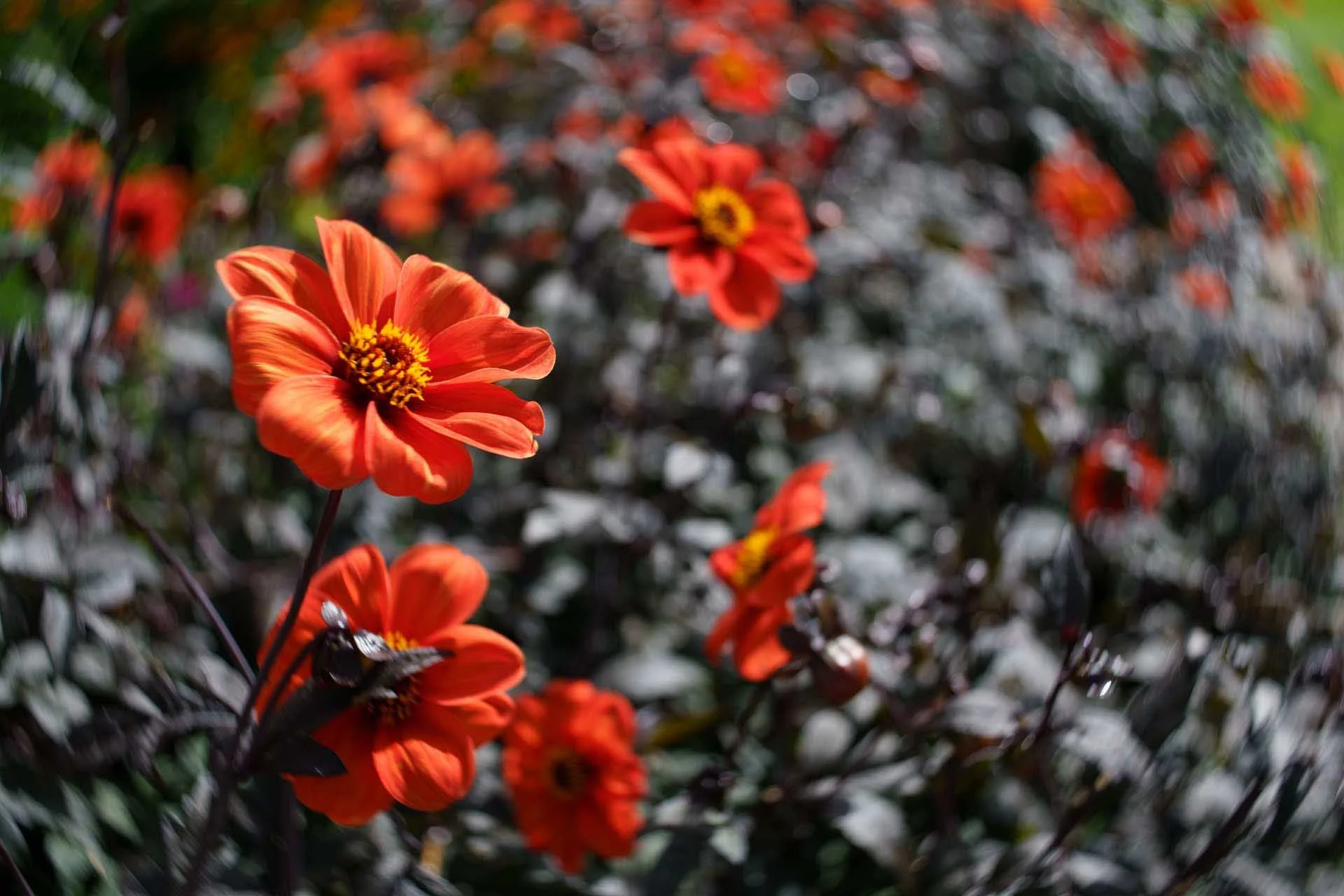
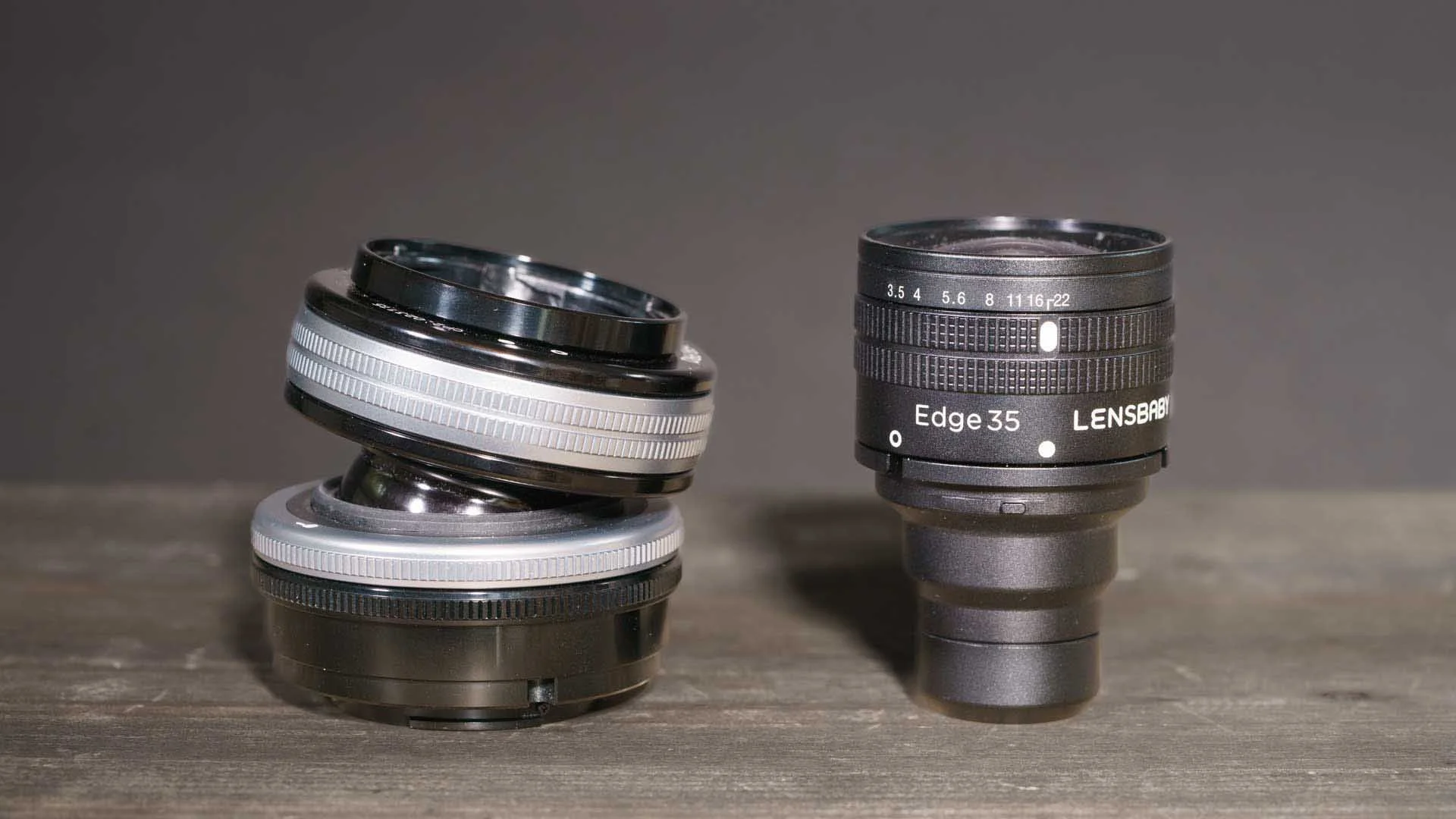
One of the most important things to know about Lensbaby lenses is that they have no electrical contacts. This means that they are manual focus lenses and the aperture must be set using the lens rather than the camera. Another consequence is that your camera cannot tell that a lens is mounted or what aperture setting has been used on a Lensbaby lens. This means that most cameras must be set to shoot without a lens via their menu. It just takes a minute or so to find the option in the menu, and you only need to do it once.
Also, because the camera can’t detect what aperture setting is used, no aperture value is recorded in the image EXIF data.
Lensbaby lenses fall into two categories, standalone lenses and optics-swap lenses. Most of the Lensbaby standalone lenses look like regular manual focus lenses and have a metal barrel with a focus ring.
Lensbaby Optic Swap lenses look quite unusual because they are made of two sections that come apart. The outer section is the barrel, body or housing, while the central removable section is the optic made from one or more elements. The body is basically a tube capable of holding the optics, it enables the optics to be mounted on a camera.
The advantage of the Optic Swap system is that any of the housings can hold any of the system’s optics. The optics are smaller and lighter than comparable standalone lenses, but standalone lenses are more familiar because they look like most other lenses and, therefore, are easier to use.

Lensbaby makes its standalone lenses and optic-swap bodies in a wide range of camera mounts, including those for DSLRs and mirrorless cameras from Canon, Fujifilm, Leica, Olympus (OM Systems), Panasonic, Nikon, Pentax and Sony. Lensbabies made for use on DSLRs can be used on mirrorless cameras via an adapter. Not every Lensbaby lens is made in every mount and there are a few Lensbaby lenses that are made only for mirrorless cameras.
With a few exceptions, most Lensbaby lenses are designed for full-frame cameras but they can also be mounted on APS-C format and Micro Four Thirds cameras. However, because of the heavy cropping effect of a Micro Four Thirds sensor, the Twist and Burnside lenses, which create a swirl effect around the edges of the frame, are not recommended for Micro Four Thirds cameras. The solution is the Trio 28, which is specifically designed for smaller-sensor cameras. This neat lens enables three effects, Sweet, Velvet and Twist/Swirl.
The most common question I am asked about Lensbaby lenses is ‘which Lensbaby should I buy?’ My answer is always to think about which effect you are most interested in creating, Sweet, Edge, Velvet or Swirl. In some cases, this will determine whether you should buy a standalone or optic swap lens. The edge effect for instance, is only possible with the Optic Swap system using the Edge 35, Edge 50 or Edge 80.
If you’re interested in the Sweet effect, you have several options available and you need to think about whether you’d prefer a standalone lens or the Optic Swap System. While the Optics Swap System is more versatile, some photographers, especially those new to the Lensbaby concept, prefer the relative simplicity of a standalone lens.
Here’s a list of which effects are produced by which lenses or optics:
Optics: Sweet 35, Sweet 50, Sweet 80, Double Glass II
Standalone lenses: Sweet 22, Sol 22, Sol 45, Trio 28
Optics: Edge 35, Edge 50, Edge 80
Standalone lenses: None
Optics: Soft Focus II
Standalone lenses: Velvet 28, Velvet 56, Velvet 85, Trio 28
Optics: Twist 60
Standalone lenses: Trio 28, Burnside 35 (discontinued)

The focal length of a Lensbay lens is included in the name of standalone lenses and the optics of the Optic Swap system. The Lensbaby Velvet 28, for example, is a 28mm lens that produces the velvet effect, while the Sweet 35 is a 35mm optic that produces the Sweet effect.
It’s worth noting that because Lensbaby lenses do not have electrical contacts, the camera cannot detect which lens is mounted, so the lens information and focal length aren’t recorded in the image EXIF data.

There are currently three types of Lensbaby Optics Swap bodies available, the Straight Barrel, the Spark 2.0 and the Composer Pro II. The Straight barrel looks the most similar to a regular lens. It is fairly simple in construction and has a ring for focusing. The Lensbaby Spark 2.0 is the closest thing currently available to Lensbaby’s original lens. It has a soft, plastic construction with a concertina-like barrel that can be squashed or stretched to bend its shape.
The Spark 2.0 is squeezed to focus, but it can also bend to move the focus plane so the sharp point doesn’t have to stay in the centre of the frame.
The Spark 2.0’s bendy, squashable nature means that it is most suitable for handheld photography and is not a good choice if you want to produce identical images or use a tripod.
Thanks to its ball-and-socket design, the Lensbaby Composer Pro II also allows the focal plane of the inserted optic to be moved around the frame. Unlike the Spark 2.0, however, the Composer Pro II’s position can be locked by rotating a ring, so it’s easy to get a reproducible effect. There’s also a ring for focusing on the subject.
The Composer Pro II’s additional control makes it a better choice than the Spark 2.0 for tripod-mounted photography.
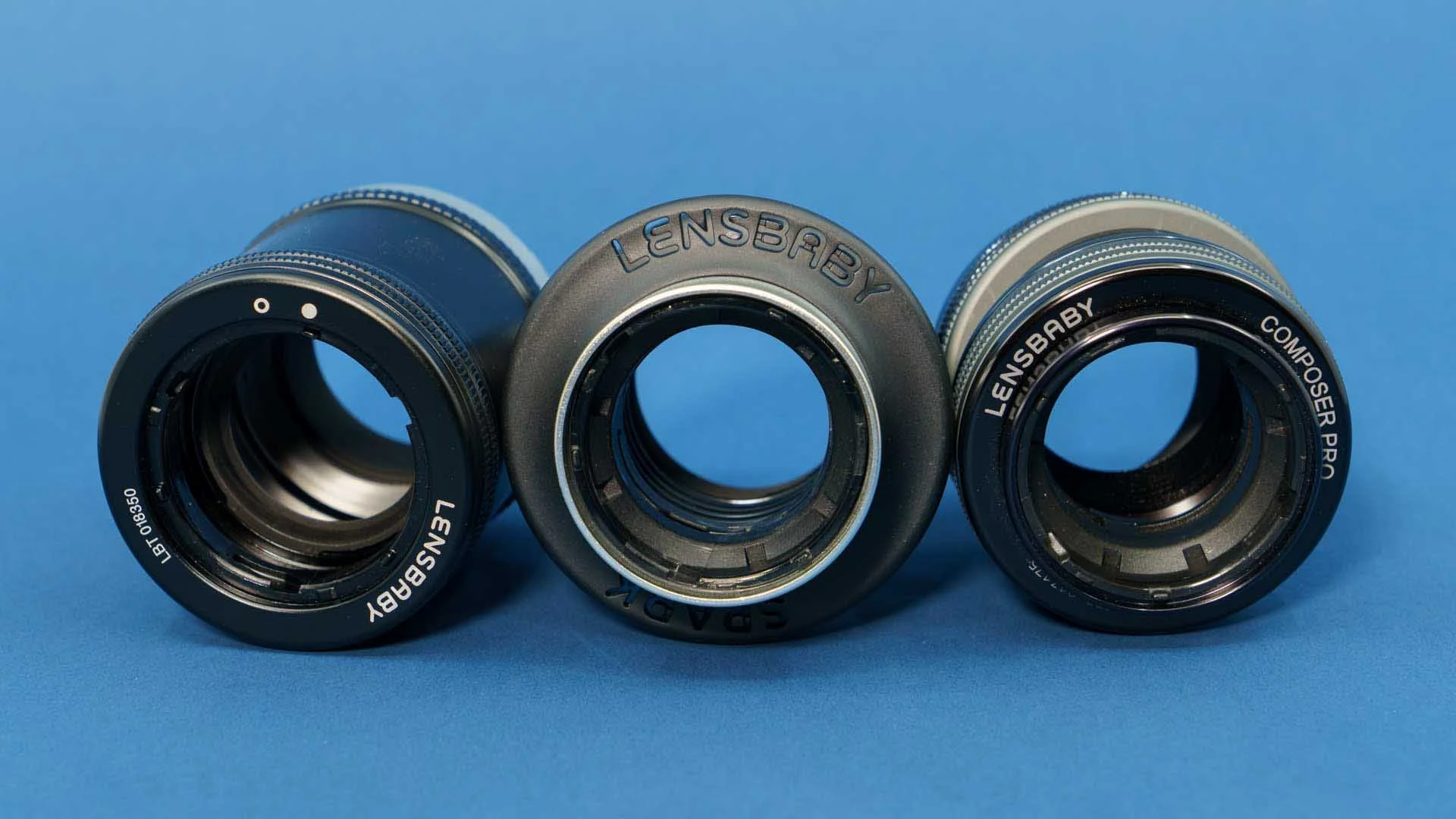
Most of Lensbaby’s Optic Swap Optics are named after the effect they create and their focal length. They include the following:
Lensbaby Edge 35, Edge 50 and Edge 80
Lensbaby Sweet 35, Sweet 50 and Sweet 80
Lensbaby Twist 60
There’s also:
Lensbaby Soft Focus II: creates a soft focus or velvet effect and has a focal length of 50mm
Creative Bokeh Optic: this comes with a collection of ‘bokeh disks’ and has a 50mm focal length
Lensbaby Obscura: a 50mm optic with Pinhole, Zone Plate and Pinhole Sieve settings.
Double Glass II: this 50mm optic produces a similar effect to the Sweet, but the fall-off in sharpness is a bit more dramatic. It has aperture control built-in but it also comes with some bokeh disks to give creative effects. These are different bokeh disks from the ones that come with the Creative Bokeh Optic.
All of the optics are compatible with any of the Lensbaby lens bodies.

The most well-known of the Lensbaby lenses is the Lensbaby Velvet which is available with three focal lengths:
Velvet 28: 28mm
Velvet 56: 56mm
Velvet 85: 85mm
The strongest velvet effect is created by shooting with the aperture wide open. Closing down the aperture reduces the effect, producing a sharper image.

The Lensbaby Sol 22 and Sol 45 have focal lengths of 22mm and 45mm respectively. The Lensbaby Sol is an unusual lens as although it has a fixed optic, its barrel can be bent slightly to move the plane of focus. It produces the Lensbaby Sweet effect, giving a sharp zone surround by blur.
The sol lenses also have two ‘bokeh wands’ that can be moved across the front element to introduce a swirl-like effect to out-of-focus areas.
The Sol 22 is only available with the Micro Four Thirds mount, which means it has an effective focal length of 44mm. The Sol 45 is designed for use on full-frame DSLR and mirrorless cameras, but it can also be mounted on APS-C format models.

The Lensbaby Trio 28 has three optics in one body. You can enable the Sweet, Velvet, and Twist effects just by rotating the optics to the option you want. You can even set it between the optics for funky results. This lens has a fixed aperture of f/3.5 and it’s available in a range of mirrorless camera mounts, including Canon RF, Canon M, Fujifilm X, Nikon Z, L-Mount, Sony E, and Micro Four Thirds.
You may hear people mention the Lensbaby Burnside 35, which is one of my favourite Lensbaby lenses. It’s a 35mm standalone lens that creates the twist or swirl effect and has a vignette control to allow you to inject some corner shading. Sadly, it’s an expensive lens to make, and it has been put out to pasture, but you may be lucky to find one secondhand or at the back of a dusty shelf.

The Lensbaby Sweet 22 is a full-frame pancake lens with a focal length of 22mm. The term ‘pancake’ is used for particularly short lenses. As you might guess, the Sweet 22 produces the sweet effect, so there’s a central sharp area surrounded by blur. The blur is very dramatic with the Sweet 22, and some images have a zoom-burst-like appearance. Small highlights in the blurred area often look stretched, which helps put attention on your central subjects.
As the Sweet 22 has a straight, inflexible body, the sharp/sweet spot of focus cannot be moved around the frame and it always remains in the centre of the image. If you want to point the point of focus, look at buying an Optic Swap system with Sweet Optic and either the Spark 2.0 or Composer Pro II.
Read our Lensbaby Sweet 22 review

As I mentioned earlier, there are two key decisions to make when deciding which Lensbaby lens to buy: the effect you want to create and whether you want a standalone lens or an optic swap system.
If you’re new to Lensbaby, a standalone lens is a good introduction. The new Lensbaby Sweet 22 is an attractive choice because it’s relatively affordable, easy to use, and produces a dramatic effect. The Trio 28 is another good option because it gives you the choice of three effects in one lens without costing a fortune.
Like the Sweet 22, the Trio 28 has a fixed aperture of f/3.5, which means you have one less thing to think about when you’re using it.
If you’d like to try the Optics Swap system and have the ability to move the sharp area around the image frame, the Lensbaby Spark 2.0 is the easiest and most affordable option. Paired with the Sweet 35 or 50, or the Double Glass II, the Spark 2.0 makes a great introduction to the creative possibilities of Lensbaby lenses. However, if you think you’ll want to shoot images that require your camera to be tripod-mounted, go for the Composer Pro II.
Although the Lensbaby Velvets are very popular with many people, I prefer the Twist and Sweet effects. I generally reach for wide-angle lenses, so the Burnside 35, which produces the Twist effect, is a favourite of mine. Sadly, that lens has been discontinued. The Twist 60 is a great alternative; it’s just a bit longer. I’d love Lensbaby to introduce a Twist 22 or similar optic.
I also like the Lensbaby Double Glass II a lot, either in the Composer Pro II or the Spark 2.0. Its effect is a bit more dramatic than the Sweet optics. While I like the ability to move the sweet spot around when I’m using a Composer Pro II or Spark 2.0, I love the simplicity and dramatic effect of the new Lensbaby Sweet 22.

Which Lensbaby lenses do you have?
Control Freak (an older, now discontinued body), Composer Pro II with Double Glass II, Soft Focus, Twist 60 and Obscura optics, Velvet 56, Sol 45, Fisheye and macro extension rings, Omni filters.
Which is your favourite Lensbaby?
The Velvet 56 and the Omni filter system. Those two have me in a choke-hold.
Which type of subjects do you use it for?
Portraits and, at the moment, street photography. I also love the Omnis for my night and gig photography.
What do you like about the Lensbaby Velvet 56 and Omni Creative Filters?
The Velvet 56 has a gentle movement to it as well as softening at the edges. I like how it naturally pulls the viewer’s eye into the image. The Omni system adds interest to a subject so well. There are so many diverse options to choose from. They are always in my bag.
Is there another Lensbaby lens that you use frequently?
The Composer Pro II with the Double Glass. Those bokeh disk aperture ring choices are *chefs kiss*.
Is there another Lensbaby lens that you are considering buying?
The Velvet 85. I will sacrifice my soul for it.
Is there anything else you would like to add about using Lensbaby lenses?
I love em. Fact. They make the ordinary a little more extraordinary with dynamic choices.
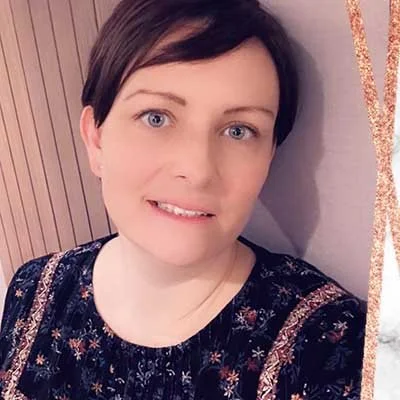
Which Lensbaby lenses do you have?
The Velvet 56 and the Composer Pro with the Twist 60, Sweet 50, Edge 35 and Double Glass II optics
Which is your favourite Lensbaby?
Right now, the Double Glass II. Ask me tomorrow, and I might give you a different answer.
Which type of subjects do you use it for?
Mainly flowers but occasionally outdoor portraiture.
What do you like about the Lensbaby Double Glass II?
The beautiful bokeh and the ability to selectively focus on one flower or part of a flower and blur everything else, even if it is close to my subject. And the creative bokeh discs.
Is there another Lensbaby lens that you use frequently?
Both the Twist 60 and the Sweet 50.
Is there another Lensbaby lens that you are considering buying?
Not a lens, but the Lensbaby Omni Rainbow kit.
Is there anything else you would like to add about using Lensbaby lenses?
Thank you, Craig Strong! Lensbabies always help me when I’m stuck in a creative rut! I love being able to create lots of different effects in-camera rather than back at my computer.
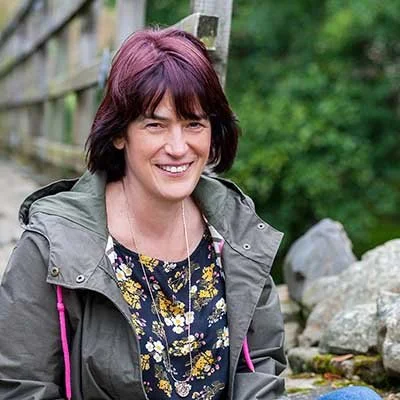
Which Lensbaby lenses do you have?
The Velvet 28, 56 and 85, Burnside 35, Sol45, Trio28, also the Lensbaby Composer Pro II with the Sweet 50, Edge 50, Twist 60, Soft Focus II and Double Glass II optics.
Which is your favourite Lensbaby?
For a long time, it was the Velvet 85, but it’s been replaced by the Double Glass II.
Which type of subjects do you use the it for?
Basically, anything, but I particularly love it for photographing flowers and nature.
What do you like about the Lensbaby Double Glass II?
I love the option to use the creative aperture discs and the way they create a really painterly look, especially for flowers and gardens.
Is there another Lensbaby lens that you use frequently?
The Trio28. It’s a great little walkabout lens.
Is there another Lensbaby lens that you are considering buying?
The Sweet 22
Is there anything else you would like to add about using Lensbaby lenses?
I love shooting with Lensbaby optics and lenses, they allow me to express myself creatively in a way that ‘normal’ lenses don’t